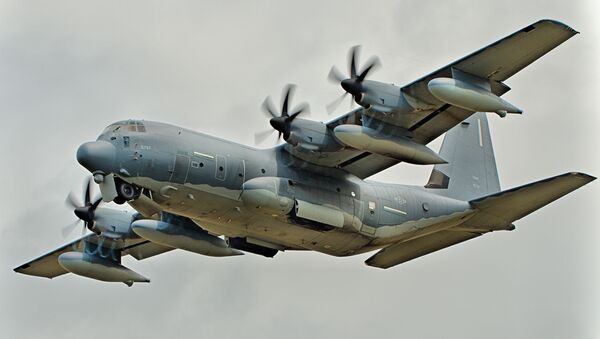A Thursday report issued by Taiwan's defense ministry announced that a US transport aircraft traveled along the “median line” dividing the Taiwan Strait around 11 a.m. local time after departing from Kadena Air Base in Okinawa, Japan.
Though Taipei claims “nothing unusual” occurred during the flight, it’s unlikely that China will agree. While Beijing claims sovereignty over the strait, the US military has continued to send forces through it as part of freedom of navigation operations, and the US Department of Defense recently approved an $88 billion sale of 66 F-16C/D fighter jets to Taiwan.
On August 25, the San Antonio-class USS Green Bay navigated through the Taiwan Strait to demonstrate “the US commitment to a free and open Indo-Pacific,” according to a US Navy statement issued to Reuters.
China, which does not acknowledge Taiwan as a separate country, has maintained that the Taiwan Strait is Chinese territory, while the US and other countries such as France and Canada view the body as international waters.
Beijing has also blasted the US-Taiwan arms deal and threatened sanctions and blacklistings against related US companies if it is carried out.
"China urges the US to fully recognize the highly sensitive and harmful nature of the relevant issue, abide by the one-China principle and the three China-US joint communiqués, refrain from selling F-16 fighter jets to Taiwan and stop arms sales to and military contact with Taiwan," Chinese Foreign Ministry spokeswoman Hua Chunying said in an August 18 statement
However, between these petty provocations and Washington’s 2020 National Defense Authorization Act, it’s unlikely that the US will walk away from Taipei. Part of the bill calls for the US military to strengthen its ties with Taiwan’s armed forces and assist the island in its modernization efforts.
Perhaps in response to the US’ recent actions, China’s People’s Liberation Army-Navy is expected to carry out a series of live-fire naval drills in the East China Sea within the next few days.


